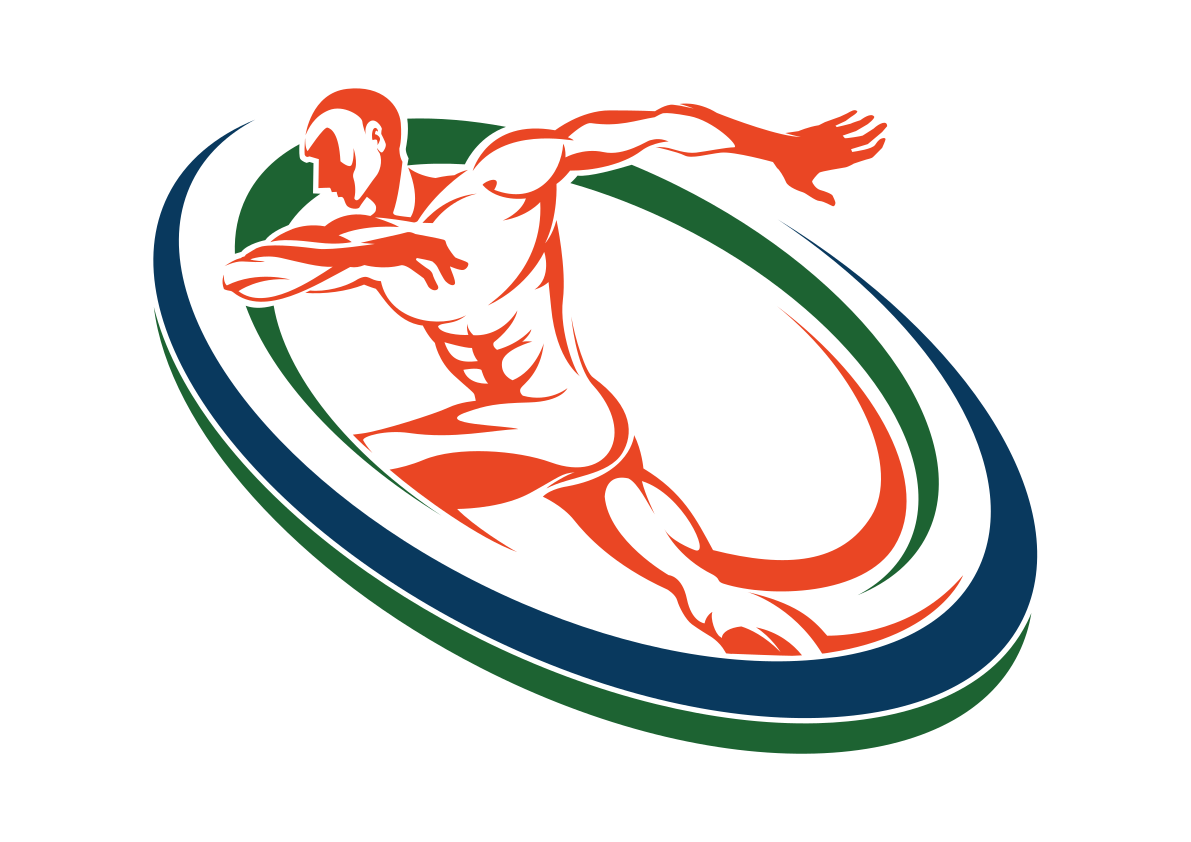MYOFASCIAL THERAPY FOR ROTATOR CUFF INJURY REHABILITATION
Myofascial therapy should be an integral part of every rehabilitation protocol for rotator cuff injuries because it not only directly addresses the underlying causes of pain and dysfunction in the rotator cuff muscles themselves, it also addresses pain and dysfunction within the connective tissue and supportive musculature surrounding the rotator cuff.
Through the use of targeted stimulus such as pressure, stretch, vibration, and tissue mobilization, myofascial therapy can help to release “locked” tightness within the muscles causing rotator cuff pain, making it an essential component of rotator cuff injury rehabilitation.
Look for a practitioner—Chiropractor, Physical Therapist, Athletic Trainer, or Sports Massage Therapist—who has a strong history working specifically with rotator cuff injuries and rotator cuff rehabilitation. My expectation is that this practitioner has a complete understanding of all anatomical and neurological structures of the shoulder and rotator cuff.
He or she should also be trained and/or certified in one or more of the following myofascial techniques:
Active Release Therapy
Myofascial Cupping
Trigger Point Therapy
Sustained Compression Therapy
TOP 10 BENEFITS OF MYOFASCIAL THERAPY FOR ROTATOR CUFF REHABILITATION
Myofascial therapy can help to release tightness and spasm in the muscles within the rotator cuff and surrounding musculature, which helps to alleviate pain and improve mobility.
Myofascial therapy helps improve blood flow to the injured tissues, which can speed up the healing process.
Myofascial therapy can help to stretch and strengthen the rotator cuff muscles, which can improve muscle function and prevent re-injury.
The therapy helps improve tissue quality and the alignment of the shoulder joint, which reduces stress on the rotator cuff muscles.
Myofascial therapy helps to correct imbalances in the muscles surrounding the rotator cuff, which can improve overall shoulder function.
The therapy can help to improve nervous system function in the shoulder, which can improve sensory and motor control.
Myofascial therapy helps improve range of motion and flexibility in the shoulder, which improves function and reduces the risk of re-injury.
The therapy helps improve proprioception—your ability to sense your body position and the location of your joints—which improves your balance and stability.
Myofascial therapy helps reduce inflammation and swelling in the shoulder, which improves pain and mobility.
The therapy can also help to improve your mental and emotional well-being, because pain and injury can cause stress and anxiety, which in turn can affect the healing process.
Myofascial therapy works well as the first step in the rehabilitation process, because pain free muscle function can be restored more quickly.
PHYSICAL THERAPY
After myofascial therapy, traditional physical therapy exercise is advised. A strength training program focusing on high repetition and low weight is the recommended initial approach.
START WITH HIGH REPETITION LOW WEIGHT
The goal here is to carefully re-condition the smaller muscles (stabilizer muscles). The stabilizer muscles are the rotator cuff muscles, and they center the humerus (upper arm bone) into the shoulder socket (glenoid).
High repetition low weight also re-introduces the larger muscles to larger movements that were limited during the pain and healing process. By re-establishing muscular endurance and control first, we carefully restore pain free movement at lower weights. Then, as muscle conditioning improves, an increase in weight can gradually be implemented to carefully restore the shoulder and rotator cuff to full pain-free movement.
RESIDUAL TIGHTNESS AND DISCOMFORT
If there is any minor residual tightness or discomfort after the physical therapy program, finishing off with another couple/few treatments of myofascial therapy should get you back to 100% or pretty close to it.
Please remember, a rotator cuff injury—depending upon the severity—can take some time to fully resolve. In some cases, if the injury was severe enough, you may only be able to get back to 80% or 90%. Just know our goal at High Amplitude Health is to get you back to 100%.
Don’t worry about sounding professional. Sound like you. There are over 1.5 billion websites out there, but your story is what’s going to separate this one from the rest. If you read the words back and don’t hear your own voice in your head, that’s a good sign you still have more work to do.
Be clear, be confident and don’t overthink it. The beauty of your story is that it’s going to continue to evolve and your site can evolve with it. Your goal should be to make it feel right for right now. Later will take care of itself. It always does.
